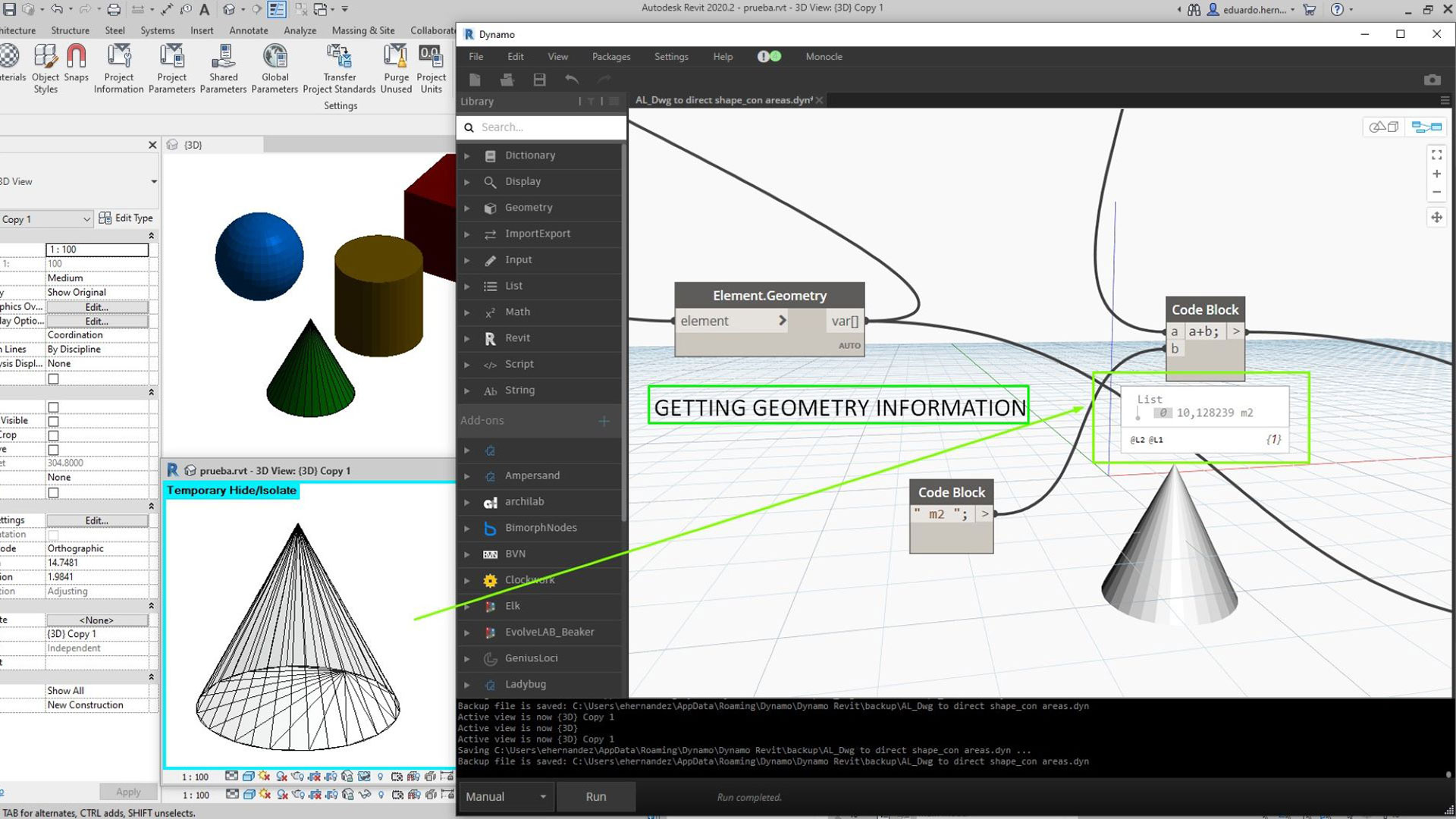We present one of the programming tools integrated in Amusement Logic’s workflow: Dynamo. It is a visual programming platform used in the automation of design and parametric modelling tasks for environments such as Autodesk Revit. The latter is a design and construction documentation program developed by Autodesk, widely used in architecture, structural engineering and MEP (Mechanical, Electrical and Plumbing) design.
Dynamo enables its users to create scripts through a graphical interface, in other words, visually, rather than by writing conventional programming code. These visual scripts, known as ‘graphs’, are composed of nodes representing different functions or actions. By connecting these nodes, users can build custom workflows and automate processes in Revit.

Some of the functions that Dynamo performs in Revit include:
–Parametric geometry generation – Dynamo enables the interactive creation and manipulation of parametric geometric shapes.
-Automation of repetitive tasks: it facilitates the automation of tedious and repetitive tasks in Revit, such as the creation of specific elements or the modification of properties.
–Data analysis and visualisation: Enables analysis of data related to the Revit model and effective visualisation of the results.
–Integration with other applications: Dynamo can be used to connect and collaborate with other Autodesk applications and third-party software.
Dynamo provides a powerful way to customise and automate processes in Revit. This improves efficiency and productivity in the design and modelling of architectural and construction projects. In future articles, we will see some practical cases of Dynamo application that we have carried out in Amusement Logic.
By Eduardo Hernández García, Senior Structural Modeller in the Architecture Department of Amusement Logic.
RELATED STORIES
Newsletter



